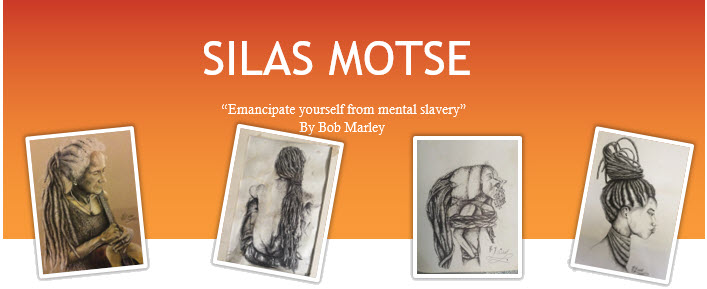Johan serves on the coaching panels of international and local companies as business and executive coach to individuals and teams. He is experienced in integral theory, systemic thinking, mindfulness, existentialism, neuroscience, leadership, personality types, levels of development, complexity, emotional intelligence and acting as executive thinking partner.
Through his career Johan successfully held C-Suite Executive roles such as Executive of listed Financial Services entities, CEO of a large property business, CEO of an international consultancy engaged in Change Management, Organisational Design and Business Coaching.
Johan holds a BA (Psychology), MBA (Thesis on Leadership), has completed the course work for the MPhil in Business and Management Coaching at the University of Stellenbosch Business School, the Advanced Professional Business Coaching Programme at GIBS, a Neuroscience Coaching Programme (with Distinction), an Advanced Higher Neuroscience Coaching Programme at Pretoria University (with Distinction), ACE Journey to Mastery from WBECS after he was selected to be a member of their Virtuoso as one of the top 20% of the programme, MBSR (Mindfulness, Jon Kabat-Zinn) and a Services Marketing Certificate at Graduate School of Business at UCT.
He is an accredited iEQ9 Enneagram practitioner for individuals and teams, Spiral Dynamics Integral Technologies Practitioner, International Systemic Team Coaching Practitioner, MBSR Mindfulness Practitioner, participated in Masterclasses on Time to Think & Thinking Environment (Nancy Kline); Existential Coaching (Various); Coaching on the Axis (Marc Khan); Mindfulness; Applied Mindfulness; Systemic Team Coaching (Peter Hawkins); Systemic Coaching (Alain Cardon); Gestalt Coaching; Ontological Coaching; Coaching for Performance, Integral Coaching (Ken Wilbur), Complexity (Various) and Scenario Coaching.
Johan is accredited as:
-
- Master HR Professional (SA Board of Personnel Professionals)
- Professional Certified Coach and Member of ICF (International Coach Federation)
- Professional Member: International Enneagram Association
- Registered coach with COMENSA (Coaches and Mentors of South Africa)
- Member: Institute of Directors of SA (IoDSA)
To date, Johan has logged more than 5000 Individual and Team coaching hours at Executive and Senior Professional level. His coaching has helped many C- Suite Executives to better deal with the demands of their roles in business.
His coaching supplements succession planning by equipping designated talent for the step-up to the next level. Coaching helps address areas such as organisational enhancement, process and systems improvement, cultural diversity, strengths, emotional intelligence, mindfulness, change management, people development, purpose, team functioning and self-development.
He inspires Executives, in a creative and thought-provoking manner, to become the ultimate best version of who they aspire to be. Johan’s coaching interventions are formally contracted to address the unique requirements and outcomes of each executive or team.
Contact him today at: johan@coachtribe.co.za to schedule a complimentary 60-minute personal strategy session to begin your personal and business transformation. This is a powerful opportunity to find out what is impacting your personal growth.




